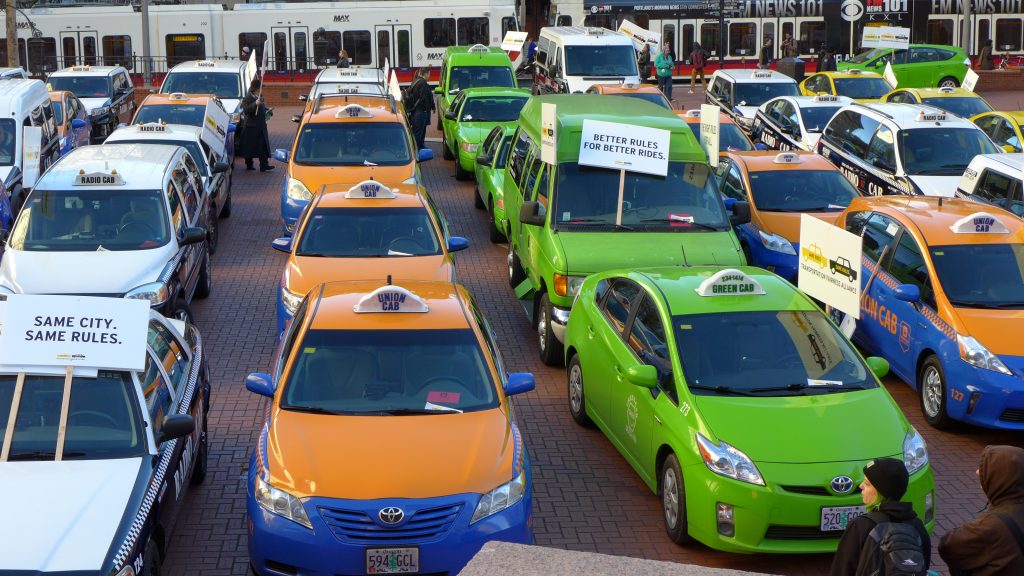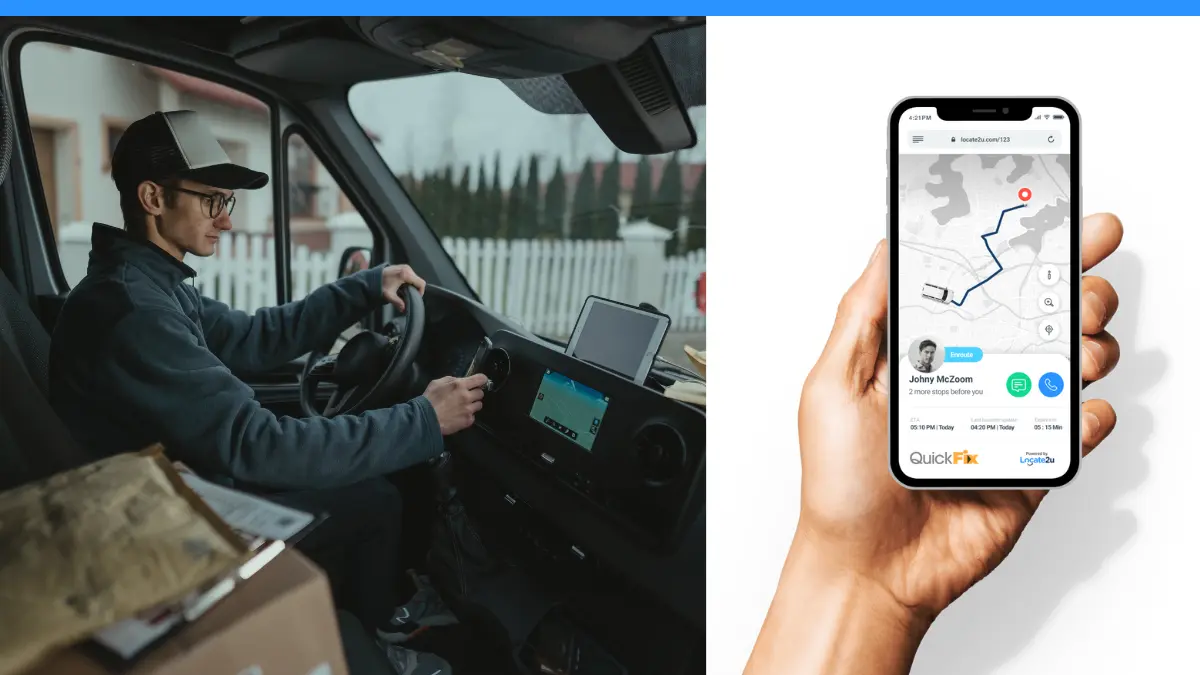“Data changes travel solutions: issues of convenience and inequality in privacy and security”

Uber and Traditional Taxis in the context of the sharing economy
In the digital age, the sharing economy is rapidly emerging. The ensuing debate concerns the competition between Uber and the traditional taxi industry. The two different transport services represent a clash between different economic models of the past and the new era, which raises several questions about definitions, characteristics and challenges. Uber brings a new model to connect people, resources and services through data and algorithms. However, it also raises questions about the impact of platform capitalism on the traditional industry. This article will delve into the current state of affairs and the trials faced by Uber and traditional taxis in the era of the sharing economy. It also explores the topics related to convenience and privacy in redefining mobility amid change.
Definition and Characteristics of the Sharing Economy and Uber

The core idea of the sharing economy is to maximise resources by making resources, services or goods available to others through an online platform. Wallsten (2015) explains the meaning of the sharing economy in the context of Uber, which generally refers to converting under-utilised assets owned by individuals into productive resources. Uber utilises this idea to create a new business model where idle cars are used as productive assets to provide flexible employment opportunities for the unemployed and underemployed. Uber provides taxi services through a smartphone app with some of the following characteristics.
Uber’s drivers are self-employed and use their vehicles, thus allowing for greater job flexibility. In addition, Uber uses a flexible pricing model, which changes the price according to the change in demand. The platform’s data tracking allows passengers to track the driver’s location and know the price in advance. Real-time data collection brings a more convenient experience for both passengers and drivers. As Frean (2010) mentioned, mobile devices and location-based GPS services enable instantaneous exchanges, thus enabling the rise of collaborative consumption.
Differences between Uber and Traditional Taxis
Compared with Uber and traditional taxis there are many differences between the two, including business models, driver identities, user experience and other types of differences. Uber is an industry spawned by the sharing economy, which represents a new situation for traditional taxis, and thus, traditional taxis are facing a considerable challenge. Uber’s advantages are mainly reflected in the convenient, personalised service led by data. Passengers can use the applet on their mobile phones to book a vehicle and get its real-time location. In addition, Uber has a rating and feedback system between drivers and passengers, improving service quality and encouraging drivers to provide better service to passengers. Uber also has more drivers because Uber drivers are independent contractors who can work flexibly on their own schedule.
However, traditional taxis still have their advantages. One of the advantages is the traditional pricing model, so the price is relatively stable and unaffected by peak price increases. Also, traditional taxis have a tightly regulated system, which provides a higher level of safety for passengers. In recent years, the taxi industry has seen a sharp decline in orders due to the emergence of Uber. An article studying the Uber effect mentioned that when Uber enters the market, the relative income of existing taxi drivers drops by about 10% on average (Berger et al., 2018). More and more original passengers are turning to Uber to hail taxis, which means that the gig economy represented by Uber has had a huge impact on the traditional taxi industry. Taxi drivers are experiencing a challenging business environment due to decreased orders. Negative comments about Uber can be seen in the following video interviews where taxi drivers express their disgust with Uber (Kimmel, 2017).


Uber and Platform Capitalism
Langley and Leyshon (2017) mention that platform capitalism places ‘the platform at the centre of a critical understanding of digital economic circulation’. As a new economic paradigm, platform capitalism thrives on technological advances as well as new patterns of consumption. As a central digital platform, Uber has become a dominant player in the market by collecting many data resources in connecting Uber drivers and riders. Uber drivers are considered independent contractors rather than company employees, which allows them to avoid many employment laws, such as the minimum wage and the payment of insurance policies (Griswold, 2018). The above confirms the characteristics of platform capitalism, whereby firms usually try to reduce labour costs. In addition, Uber replaces the classic position of the factory owner in a sense by using platform algorithms, which set and communicate prices and assign tasks or customers through algorithms (Morales & Stecher, 2023). Using algorithms optimises platform usage on the one hand and increases vehicle utilisation and, thus, revenue on the other.



Uber has always advertised to the public that they do not in any way set prices or payments based on the individual characteristics of passengers or drivers. However, their strategy promotes bottom-up competition for driver pay by running a bidding process on their driving app, where competing drivers have a few seconds to accept a low-pay offer, and a similar strategy targets users to set passenger fares that are only lowered if the passenger rejects the initial higher offer (Sherman, 2023). Uber has achieved the ability to monopolise the market by accumulating cumulative data. Otherwise, this has raised concerns about its ability to control the market. A news article in The Guardian (Morozov, 2015) mentioned that most platforms are parasitic, feeding off existing social and economic relationships. Platforms become dominant players in the market by collecting large amounts of data. Therefore, in order to control the platform monopoly market, the government needs to prevent them from occupying all adjacent peripherals. Making sure people can transfer their reputation between platforms.
Uber’s Challenges: Security and Privacy, Digital Divisions, and Disinformation
As a sharing economy platform, Uber raises a series of issues related to security, privacy, digital dissemination and disinformation. Uber connects riders and drivers through a computerised, networked model, which requires collecting large amounts of data. However, integrating large amounts of personal and location data can raise privacy concerns. Misuse of data may also lead to data leakage issues. In 2022, Teqtivity, a software company that provides services to Uber, suffered a cyberattack that led to a data breach of Uber. More than 77,000 Uber employees had their information compromised (Powell, 2022). The problem of information leakage leads to the public’s inability to trust the security and privacy of Uber.
People using the Uber platform also have issues with the digital divide. The sharing economy platform Uber requires people to use mobile phones and the Internet, which results in some older or low-income people who need access to these technologies not being able to enjoy the convenience of the service. Additionally, drivers have a low barrier to entry into the Uber platform, which only requires drivers to pass a background check and driving record check, complete a city knowledge test, and use a vehicle that meets quality inspections (Berger et al., 2018). The low threshold can lead to the possibility of unscrupulous individuals posing as drivers and fictionalising journeys in order to trick passengers into paying.



The low threshold also poses a safety issue. Uber cannot ensure that every driver is a legitimate worker. NBC reported that Uber received 3,824 reports of sexual assault and misconduct from 2019 to 2020 (Lenthang, 2022). Uber passengers have suffered varying degrees of sexual assault and other criminal behaviour by drivers. CBC News analysed sexual assaults during Uber passengers, with most female victims.


In addition, the local government considers the transportation system much better than Uber’s. Uber also has a history of concealing the number of incidents of sexual assault crimes. The report accuses Uber of not having a robust enough security system to prevent sexual assaults. Therefore, the Uber company cannot fully guarantee the passengers’ safety.
Summarising the future of Uber and Traditional Taxis in the sharing economy
In the context of the sharing economy, both Uber and traditional taxis have their strengths and weaknesses, and the traditional taxi industry needs to adapt to the digital challenges of the new era. Uber’s emergence is an inevitable product of the sharing economy era. At the same time, uber can co-exist with traditional taxis, and a favourable competitive environment between the two can improve overall service quality and safety. For the future development of Uber and the taxi industry, the government needs to introduce more relevant policies to protect the safety and privacy of passengers.
Reference list
Berger, T., Chen, C., & Frey, C. B. (2018). Drivers of disruption? Estimating the Uber effect. European Economic Review, 110, 197–210. https://doi.org/10.1016/j.euroecorev.2018.05.006
CBC News. (2019). Uber releases report revealing 6,000 sexual assaults during rides. YouTube. https://youtu.be/a-HnAt-J6uY?si=Dapizf2o-zfv_JkJ
Frean, A. (2010). The start-up that’s putting the social network generation in the driving seat. The Times , 30 December, p. 46.
Griswold, A. (2018). Uber said raising driver pay couldn’t be done. That’s about to change. Quartz. https://qz.com/1350905/uber-drivers-are-about-to-get-a-minimum-wage-in-nyc
Kimmel, J. (2017). Cab Drivers Congratulate Uber. YouTube. https://www.youtube.com/watch?v=WRMHNCF2YXo
Lenthang, M.(2022). Uber reports 141 rapes, 998 sexual assault incidents overall in 2020, despite pandemic ridership decline. NBC News. https://www.nbcnews.com/news/us-news/uber-reports-141-rapes-2020-even-sexual-assault-incidents-declined-pan-rcna36287
Morales, K., & Stecher, A. (2023). Platform capitalism and neo‐normative control: “Autonomy” as a digital platform control strategy in neoliberal Chile. New Technology, Work, and Employment, 38(2), 230–251. https://doi.org/10.1111/ntwe.12258
Morozov, E. (2015). Where Uber and Amazon rule: welcome to the world of the platform. The Guardian. https://www.theguardian.com/technology/2015/jun/07/facebook-uber-amazon-platform-economy
Powell, O. (2022). IOTW: Over 77,000 Uber employee details leaked in data breach. Cyber Security Hub. https://www.cshub.com/attacks/news/iotw-over-77000-uber-employee-details-leaked-in-data-breach
Sherman, L. (2023). Uber’s New Math: Increase Prices And Squeeze Driver Pay. Forbes. https://www.forbes.com/sites/lensherman/2023/01/16/ubers-new-math-increase-prices-and-squeeze-driver-pay/?sh=1630aa95c8a2
Wallsten, S. (2015). The competitive effects of the sharing economy: how is Uber changing taxis. Technology Policy Institute, 22(3).

Be the first to comment on "Sharing Economy: Changes and Challenges between Uber and Traditional Taxis"